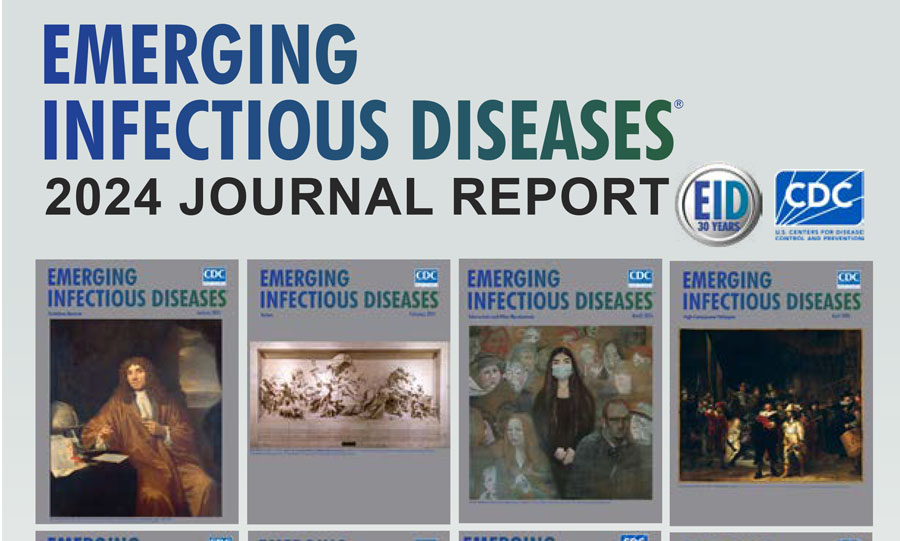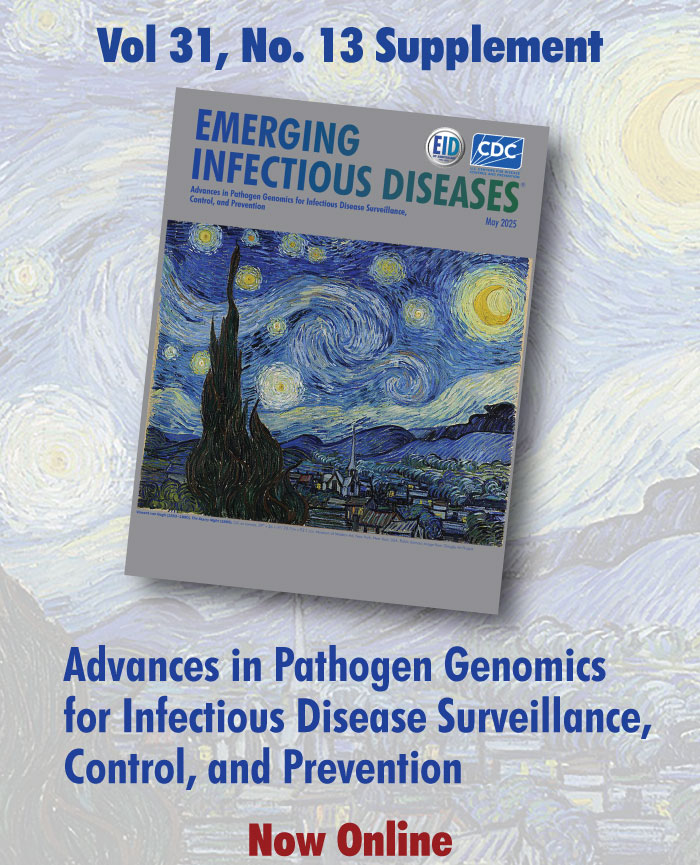Online Reports
Volume 25—2019
Volume 25, Number 12—December 2019
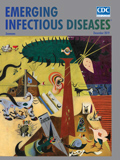
Canine Leishmaniasis Control in the Context of One Health
Dogs are the main reservoir of Leishmania infantum and in some countries have been regularly culled as part of government policy to control visceral leishmaniasis. At the 13th Symposium of the Companion Vector-Borne Diseases World Forum in Windsor, UK, March 19–22, 2018, we consolidated a consensus statement regarding the usefulness of dog culling as a means of controlling visceral leishmaniasis. The statement highlighted the futility of culling infected dogs, whether healthy or sick, as a measure to control the domestic reservoir of L. infantum and reduce the risk for visceral leishmaniasis.
| EID | Dantas-Torres F, Miró G, Baneth G, Bourdeau P, Breitschwerdt E, Capelli G, et al. Canine Leishmaniasis Control in the Context of One Health. Emerg Infect Dis. 2019;25(12):1-4. https://doi.org/10.3201/eid2512.190164 |
|---|---|
| AMA | Dantas-Torres F, Miró G, Baneth G, et al. Canine Leishmaniasis Control in the Context of One Health. Emerging Infectious Diseases. 2019;25(12):1-4. doi:10.3201/eid2512.190164. |
| APA | Dantas-Torres, F., Miró, G., Baneth, G., Bourdeau, P., Breitschwerdt, E., Capelli, G....Otranto, D. (2019). Canine Leishmaniasis Control in the Context of One Health. Emerging Infectious Diseases, 25(12), 1-4. https://doi.org/10.3201/eid2512.190164. |
Volume 25, Number 9—September 2019

Decision Tool for Herpes B Virus Antiviral Prophylaxis after Macaque-Related Injuries in Research Laboratory Workers
Macaque-related injuries among primate workers can lead to a potentially fatal B virus encephalomyelitis. We describe a decision tool for evaluating the need for antiviral postexposure prophylaxis and provide a retrospective review of the injuries assessed in our center after its implementation in 2010. Among the injuries studied (n = 251), 40.6% were categorized as high-risk (prophylaxis recommended), 44.2% moderate-risk (consider prophylaxis), and 15.1% low-risk (prophylaxis not recommended). Ten percent of low-risk and 98% of high-risk injuries received prophylaxis (p<0.001). Compared with using universal postexposure prophylaxis, using a decision tool can lead to a standardization of practice and a reduction in prescriptions for antiviral medication.
| EID | Barkati S, Taher H, Beauchamp E, Yansouni CP, Ward BJ, Libman MD. Decision Tool for Herpes B Virus Antiviral Prophylaxis after Macaque-Related Injuries in Research Laboratory Workers. Emerg Infect Dis. 2019;25(9):1-6. https://doi.org/10.3201/eid2509.190045 |
|---|---|
| AMA | Barkati S, Taher H, Beauchamp E, et al. Decision Tool for Herpes B Virus Antiviral Prophylaxis after Macaque-Related Injuries in Research Laboratory Workers. Emerging Infectious Diseases. 2019;25(9):1-6. doi:10.3201/eid2509.190045. |
| APA | Barkati, S., Taher, H., Beauchamp, E., Yansouni, C. P., Ward, B. J., & Libman, M. D. (2019). Decision Tool for Herpes B Virus Antiviral Prophylaxis after Macaque-Related Injuries in Research Laboratory Workers. Emerging Infectious Diseases, 25(9), 1-6. https://doi.org/10.3201/eid2509.190045. |
Volume 25, Number 7—July 2019
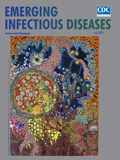
Ethical Considerations for Movement Mapping to Identify Disease Transmission Hotspots
Traditional public health methods for detecting infectious disease transmission, such as contact tracing and molecular epidemiology, are time-consuming and costly. Information and communication technologies, such as global positioning systems, smartphones, and mobile phones, offer opportunities for novel approaches to identifying transmission hotspots. However, mapping the movements of potentially infected persons comes with ethical challenges. During an interdisciplinary meeting of researchers, ethicists, data security specialists, information and communication technology experts, epidemiologists, microbiologists, and others, we arrived at suggestions to mitigate the ethical concerns of movement mapping. These suggestions include a template Data Protection Impact Assessment that follows European Union General Data Protection Regulations.
Volume 25, Number 5—May 2019

Biosafety Level 4 Laboratory User Training Program, China
Experienced, qualified personnel certified to work in high-level biocontainment laboratories contribute to the safe operation of these facilities. China began a training program for laboratory users after establishing its first Biosafety Level 4 laboratory, the Wuhan National Biosafety Laboratory (Level 4) of the Chinese Academy of Sciences. We provide an overview of the content of this training program, which can serve as a reference for developing national norms for high-containment laboratory training.
Southeast Asia Strategic Multilateral Dialogue on Biosecurity
A strategic multilateral dialogue related to biosecurity risks in Southeast Asia, established in 2014, now includes participants from Singapore, Malaysia, Indonesia, Thailand, Philippines, and the United States. This dialogue is conducted at the nonministerial level, enabling participants to engage without the constraints of operating in their official capacities. Participants reflect on mechanisms to detect, mitigate, and respond to biosecurity risks and highlight biosecurity issues for national leadership. Participants have also identified factors to improve regional and global biosecurity, including improved engagement and collaboration across relevant ministries and agencies, sustainable funding for biosecurity programs, enhanced information sharing for communicable diseases, and increased engagement in international biosecurity forums.
Volume 25, Number 3—March 2019
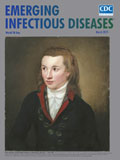
Survey on Implementation of One Health Approach for MERS-CoV Preparedness and Control in Gulf Cooperation Council and Middle East Countries
In 2015, a One Health Working Group was established in Qatar to conduct a survey in the Gulf Cooperation Council countries, Egypt, and Jordan to monitor preparedness of public health and veterinary health authorities in response to the Middle East respiratory syndrome coronavirus epidemic. All but 1 country indicated they established joint One Health policy teams for investigation and response. However, the response to the questionnaires was largely limited to veterinary authorities. Critical barriers and limitations were identified. National and regional leaders, policy makers, and stakeholders should be prompted to advocate and enhance adoption of the One Health framework to mitigate the risk for Middle East respiratory syndrome and other emerging zoonotic diseases.
Volume 25, Number 2—February 2019
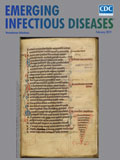
Public Health–Driven Research and Innovation for Next-Generation Influenza Vaccines, European Union
Influenza virus infections are a major public health threat. Vaccination is available, but unpredictable antigenic changes in circulating strains require annual modification of seasonal influenza vaccines. Vaccine effectiveness has proven limited, particularly in certain groups, such as the elderly. Moreover, preparedness for upcoming pandemics is challenging because we can predict neither the strain that will cause the next pandemic nor the severity of the pandemic. The European Union fosters research and innovation to develop novel vaccines that evoke broadly protective and long-lasting immune responses against both seasonal and pandemic influenza, underpinned by a political commitment to global public health.
